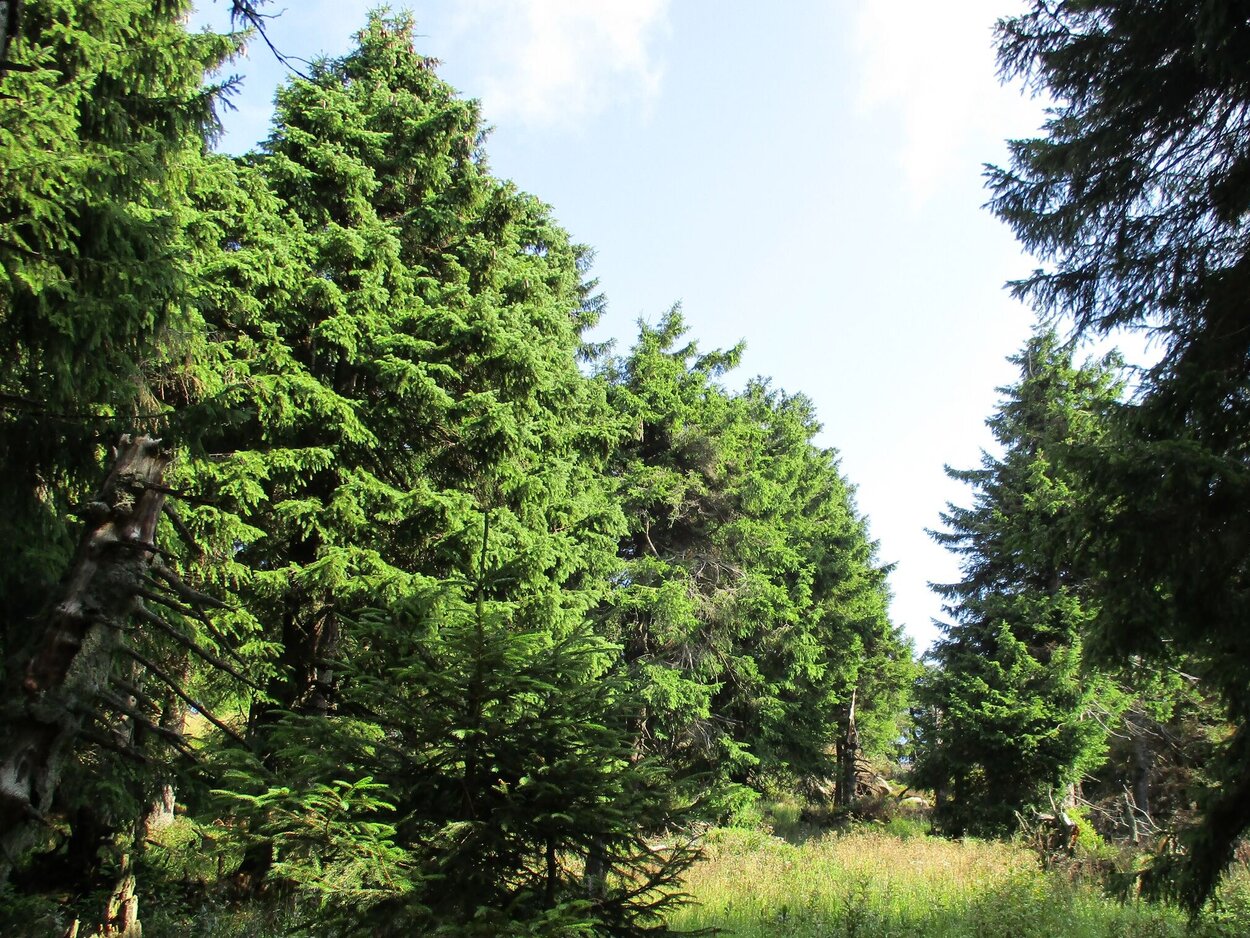New study on genetic diversity in European Beech and Norway spruce
Genetic diversity is a key element of biodiversity and forms the basis of adaptation and adaptability in nature. However, the monitoring of genetic diversity as part of biological diversity has often been neglected. A recently published study involving the Thünen Institute of Forest Genetics presents the results of a comprehensive genetic monitoring of two of the most important forest tree species in Germany, European beech and Norway spruce.
In 12 beech and 10 spruce populations, samples of at least 250 adult trees, 400 seedlings and 400 seeds were taken and genetically analyzed. In addition to the classic measures of genetic diversity, we placed particular emphasis on determining the effective population size, a parameter that also takes into account the relationships within a population. For both beech and spruce, no differences in genetic diversity between the studied stands and between generations were detectable using the classical parameters. However, the estimates of effective population size show clear differences between populations and generations. These observations allow us to draw conclusions for the sustainable management of the species studied, both with regard to the natural regeneration of stands and for the approval and harvesting of seed stands for artificial regeneration by sowing or planting.

![[Translate to English:] [Translate to English:]](/media/_processed_/f/3/csm_2022_Titelbild_gross2_Saatgut_in_Hand_9ffb8f5748.jpg)
![[Translate to English:] [Translate to English:]](/media/_processed_/f/3/csm_2022_Titelbild_gross2_Saatgut_in_Hand_c17270fcc0.jpg)






